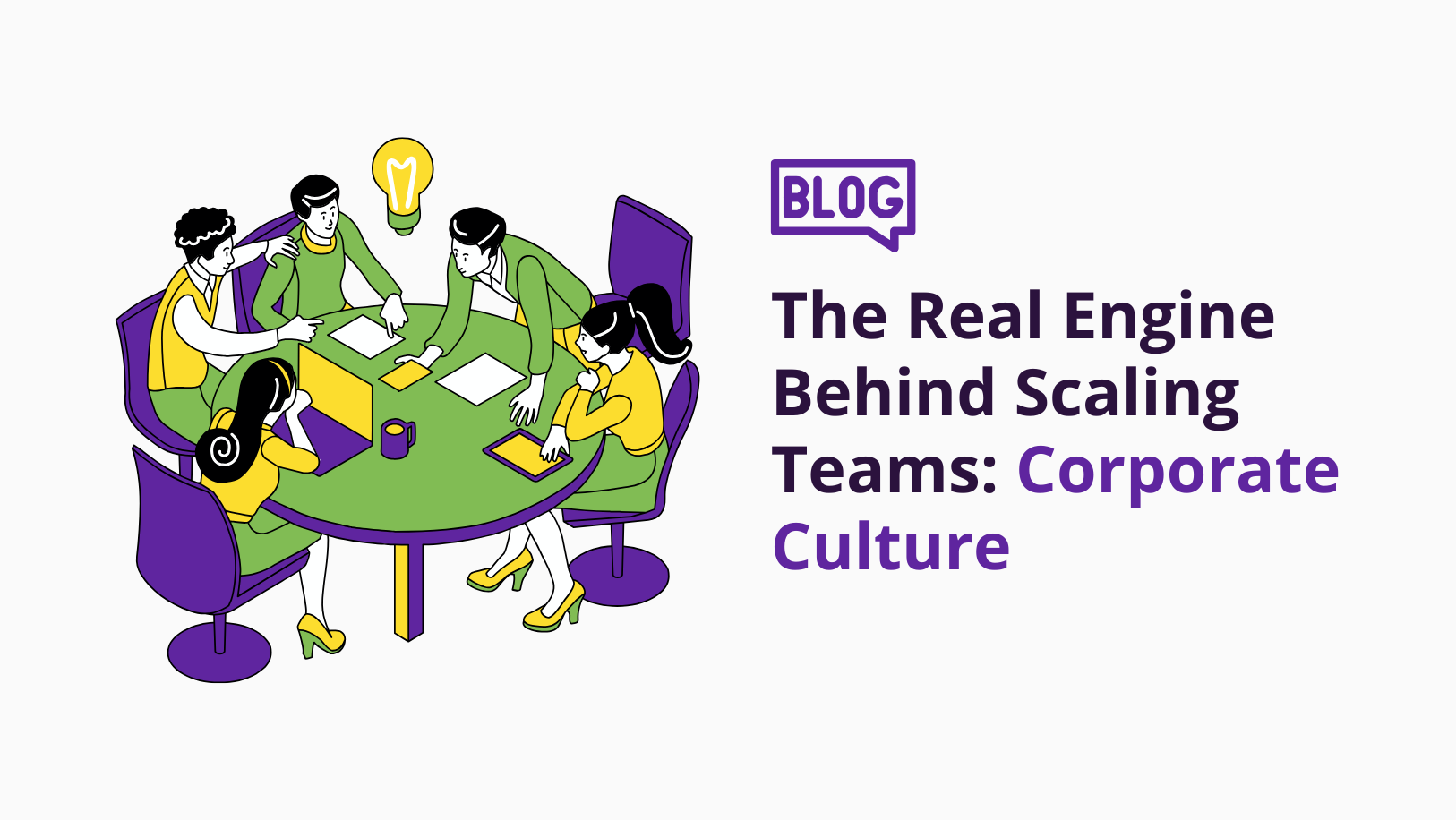Recently, I had the chance to spend a morning with the Agile Network India Community during an event we hosted at the Kriyadocs office. It was a room full of people who think deeply about how teams work and how organizations scale.
A key focus of mine being scaling engineering teams, I expected conversations around frameworks, process models, and team structures. We covered all of that, but the part that stayed with me long after the event was something far less visible.
It was the idea that what truly sustains scaling is not the structure you put in place but the culture that lives underneath it.
The culture gap
Teams rarely fail at scaling because they lack process. They struggle because behaviors do not reinforce what the process expects.
Leadership may have a clear vision, but that clarity tends to fade as it travels through the organization. Without reinforcement, even well-designed practices tend to lose their edge over time.
What looks like a process problem on the surface is usually a culture problem underneath. Scaling, in reality, is a culture job that often gets mistaken for a process job.
Me → We → The organization
One of the strongest themes from the ANI session was the role of leadership in shaping not just what teams do, but how they behave. Ownership, for instance, is far more powerful than any tool or framework. When people feel genuine ownership, they carry the culture forward organically.
Another important reminder was that leadership is not limited to just “people managers.” Individual contributors often carry cultural cues—sometimes more strongly than managers, even—because their influence shows up in day-to-day work.
We also discussed the progression of “me” to “we” to the organization. Healthy teams move through these stages naturally, and leaders hold the responsibility to create conditions for that movement.
If people grow faster than the organization's needs, the team scales smoothly. If the opposite happens, the organization stalls.
What does it really look like to sustain scaling?
What truly anchors growth is the consistency with which we reinforce the behaviors we want to see. And the ANI conversation on right sized agility brought to life the fact that it all boils down to the simple things:
- how teams align on priorities,
- how they communicate when something shifts,
- how they disagree productively,
- how they recover when something goes wrong, and
- how they learn together.
Scaling systems is an engineering problem. Sustaining scaling is a leadership and culture problem. The real engine behind enduring, high-trust, high-impact teams is not process but the everyday behaviors we choose to reinforce. That is where the real work of engineering leadership begins.









.png)

.svg)
.svg)
.svg)










.jpg)

